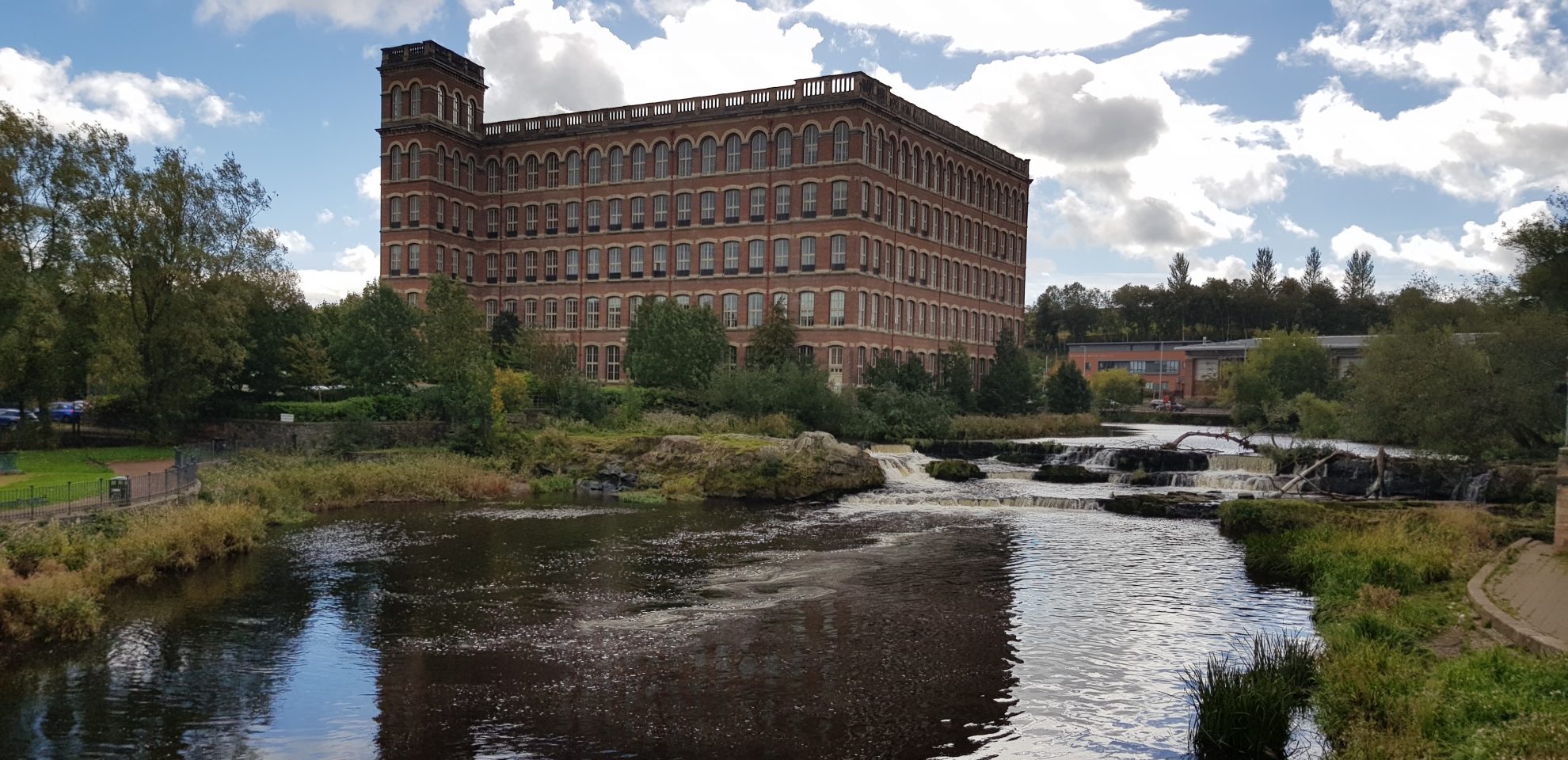Your basket is currently empty!
Walter Fitz Alan & Paisley Abbey’s Foundation
Renfrewshire’s place in Scottish History begins in the early medieval period when the newly crowned King of Scotland, David I, granted lands in the county to Walter Fitz Alan in the mid 12th Century and appointed him as the hereditary High Steward of Scotland. Little was Walter to know that several generations later, one of his descendants was to marry into the royal line and start the Stewart Dynasty of Kings and Queens that was to rule Scotland and eventually England with the Union of the Crowns in 1603 and eventually unite Scotland and England in 1707.
Walter Fitz Alan was a Breton Knight, the third son of Alan Fitz Flaald who was the 4th hereditary Steward of Dol-de-Bretagne, about 30 miles north of Rennes in Brittany, France. The family had gained lands in England shortly after the Norman Conquest, with The Doomsday Book in 1086, recording Alan as having lands in Shropshire, England – near to the border with Wales. Alan held the Lordship of Oswestry during the reign of Henry I of England. Alan Fitz Flaald married Avelina de Hesding around 1099 and had three children: the eldest, Jordan, became the 5th Steward of Dol. The second son, William, became the Governor or Sheriff of Shropshire and founded the Haughamond Priory. Therfore Walter Fitz Alan of Renfrewshire had a well-connected family.
One of Walter Fitz Alan’s legacies for Renfrewshire, and Paisley especially, was the foundation of a Priory on the banks of the River White Cart in 1163. The foundation charter was signed at Fotheringay Castle, Shropshire, with the intention of bringing thirteen monks from the Cluniac Priory of Much Wenlock in Shropshire to settle at a site close to St. Mirin’s small church founded during the 6th century in Paisley. By 1245, the Priory had been raised to the status of an Abbey, and quickly becoming a powerful and rich monastic settlement. The Priory and Abbey were greatly endowed by Walter Fitz Alan and his successors. It is interesting to note that by the time of Reformation in 1560, the Abbey of Paisley and its lands were among the top five richest Abbey’s in Scotland.

One of the finest monuments of Paisley Abbey is the medieval Drain which was rediscovered in the 1990’s. The drain would have taken waste water away from Abbots accommodation, (the remains of which probably lie under the current Renfrewshire Council car par or headquarters building) the Abbey Kitchens and Latrines to an outlet into the River White Cart. Initial excavations by Glasgow University Archaeological Research Division (GUARD) recovered numerous finds, and exposed Scotland’s finest medieval drain. In September 2009, GUARD and the Renfrewshire Local History Forum revisited the site of the Drain and undertook an exploratory dig to investigate the exterior of the drain, and how it was constructed. Further excatvations have been carried out at the site of the drain between 2010 and 2016 producing some interesting finds. The results of the excavations are eagerly awaited.


You must be logged in to post a comment.